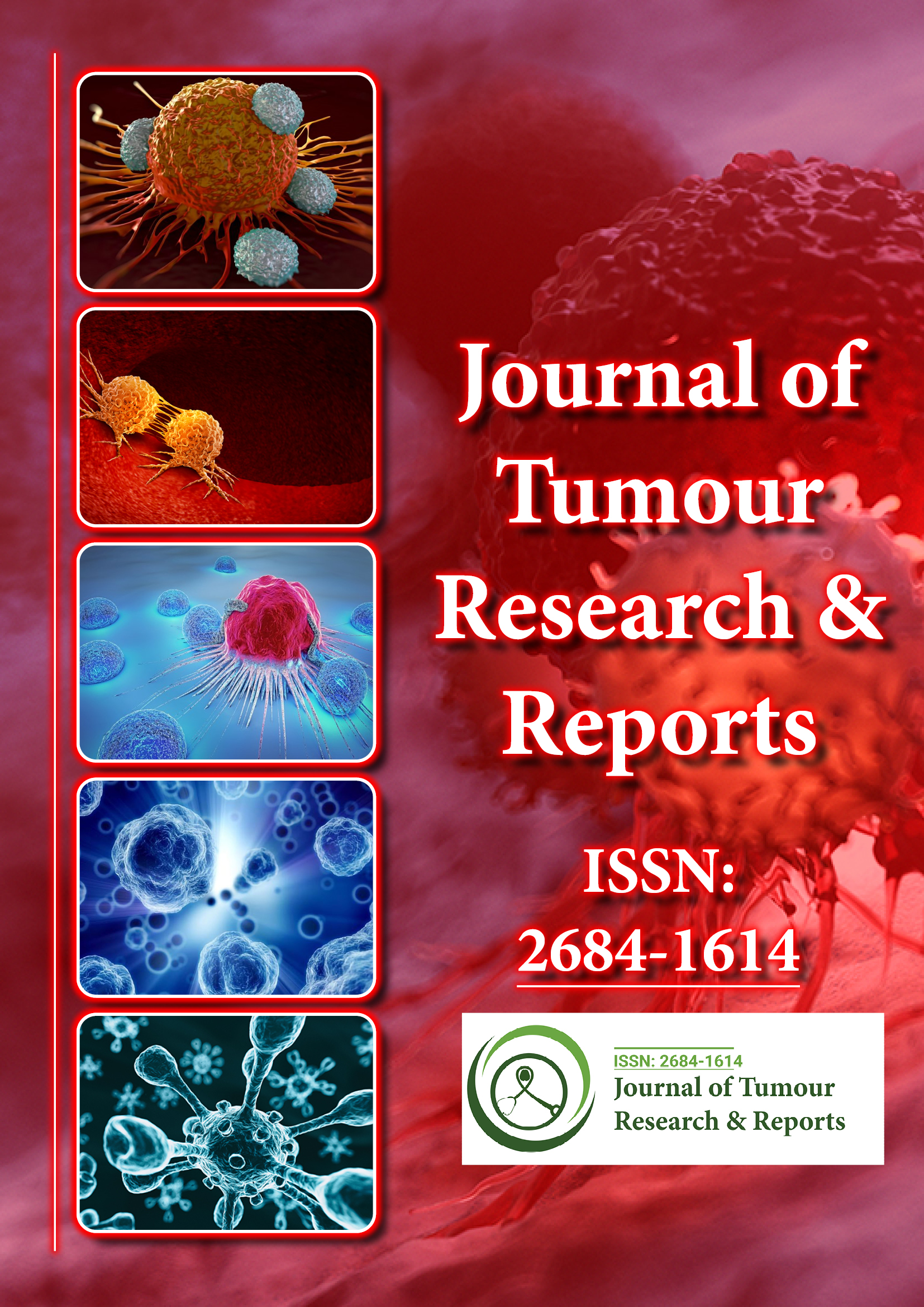ఇండెక్స్ చేయబడింది
- RefSeek
- హమ్దార్డ్ విశ్వవిద్యాలయం
- EBSCO AZ
- గూగుల్ స్కాలర్
ఉపయోగకరమైన లింకులు
ఈ పేజీని భాగస్వామ్యం చేయండి
జర్నల్ ఫ్లైయర్

యాక్సెస్ జర్నల్స్ తెరవండి
- ఆహారం & పోషకాహారం
- ఇంజనీరింగ్
- ఇమ్యునాలజీ & మైక్రోబయాలజీ
- క్లినికల్ సైన్సెస్
- జనరల్ సైన్స్
- జెనెటిక్స్ & మాలిక్యులర్ బయాలజీ
- నర్సింగ్ & హెల్త్ కేర్
- న్యూరోసైన్స్ & సైకాలజీ
- పర్యావరణ శాస్త్రాలు
- ఫార్మాస్యూటికల్ సైన్సెస్
- బయోఇన్ఫర్మేటిక్స్ & సిస్టమ్స్ బయాలజీ
- బయోకెమిస్ట్రీ
- మెటీరియల్స్ సైన్స్
- మెడికల్ సైన్సెస్
- రసాయన శాస్త్రం
- వెటర్నరీ సైన్సెస్
- వ్యవసాయం మరియు ఆక్వాకల్చర్
- వ్యాపార నిర్వహణ
నైరూప్య
EZH2 and Sonic Hedgehog Inhibition Reduce Proliferation, Migration, In Vitro Tumorigenesis, and CD133 Expression in Desmoplastic Medulloblastoma Cells
Javier de la Rosa, Leire Tapia, Mehdi H Shahi, Bárbara Meléndez, Juan A Rey, Miguel A Idoate and Javier S Castresana
Medulloblastoma is the malignant brain tumor that most affects children and young people. Its treatment is very aggressive and can leave important neurocognitive sequelae in patients. Medulloblastoma can be classified histologically and molecularly in different subtypes. Our work focuses on the specific subtype in which the sonic hedgehog pathway is altered. DAOY cells, which correspond to desmoplastic Shh medulloblastoma, were independently treated with two pharmacological inhibitors: cyclopamine and DZNep. Cyclopamine directly inhibits Smo, thus inhibiting the sonic hedgehog pathway; while DZNep acts at the epigenetic level by inhibiting EZH2 function, a histone-lysine N-methyltransferase. The two inhibitions were compared cellularly and molecularly, demonstrating that both drugs reduced cell viability, colony formation, cell migration and the expression of cancer stem cells related genes, like CD133. In addition, the expression of different genes of the sonic hedgehog, EZH2, and other genes regulated by EZH2 and GLI1 were evaluated. The initial hypothesis, according to which the expression of EZH2 would regulate the sonic hedgehog pathway was not demonstrated. Quite the opposite, we observed that the sonic hedgehog pathway could positively regulate EZH2 expression. Our results, however, should be subjected to further experiments in order to elucidate the relationship between the epigenetic regulation exerted by EZH2 and the regulation of the sonic hedgehog pathway in medulloblastoma.